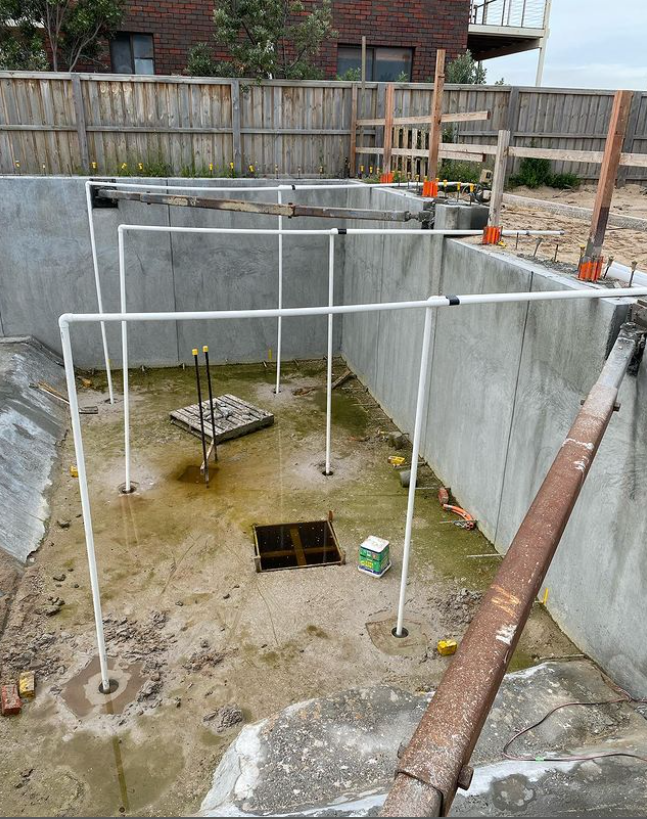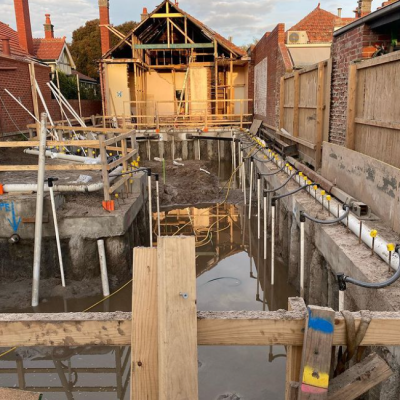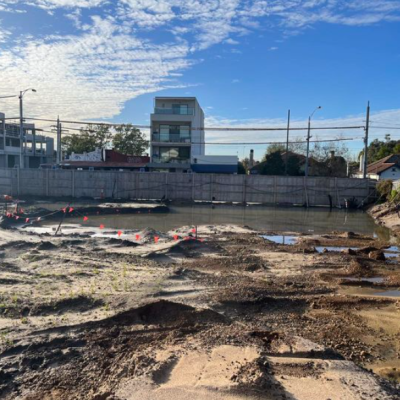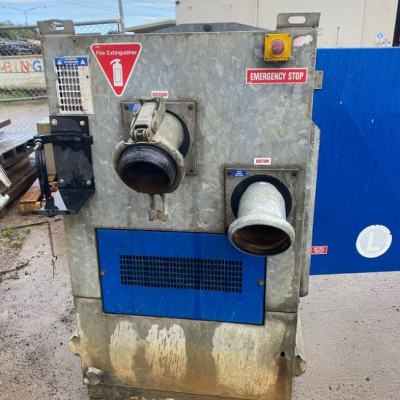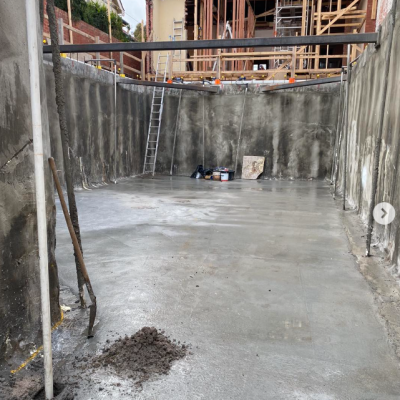Trade waste management: Proper management of trade wastewater is crucial to protect the environment and comply with the local Regulations. Businesses are typically required to have a Trade Waste Permit or a license that outlines the allowable discharge water limits and specific requirements for treating or pre-treating the groundwater before discharging to sewer.
Treatment and Pre-treatment: Treatment of trade wastewater before disposal may involve several processes, depending on the contaminates present in the water and the regulatory requirements.
Common treatment methods include physical processes (such as sedimentation, filtration, and screening) and chemical processes (such as disinfection) which are undertaken prior to discharging to sewer. The most common methods are via sediment tank or clarifier system. On the discharge side of the tank has a magnetic flow meter that calculates the volume of water to be discharged limits to sewer for the remainder of the job

